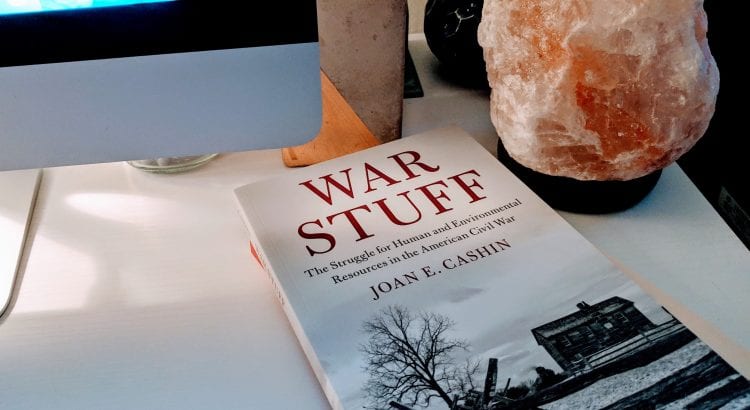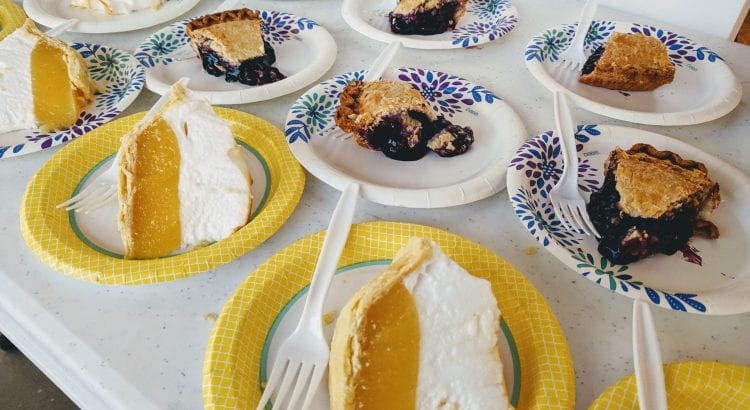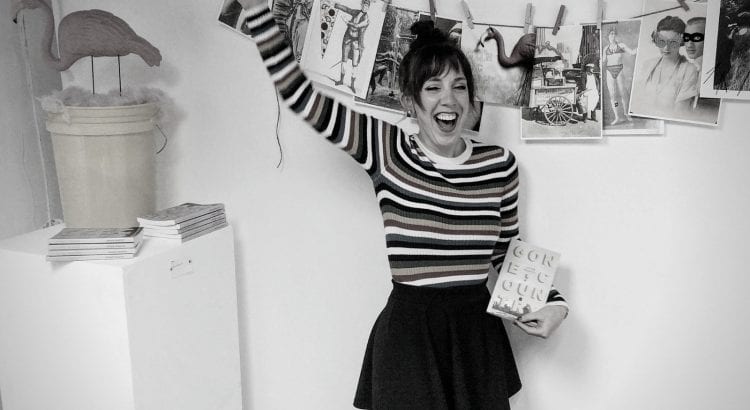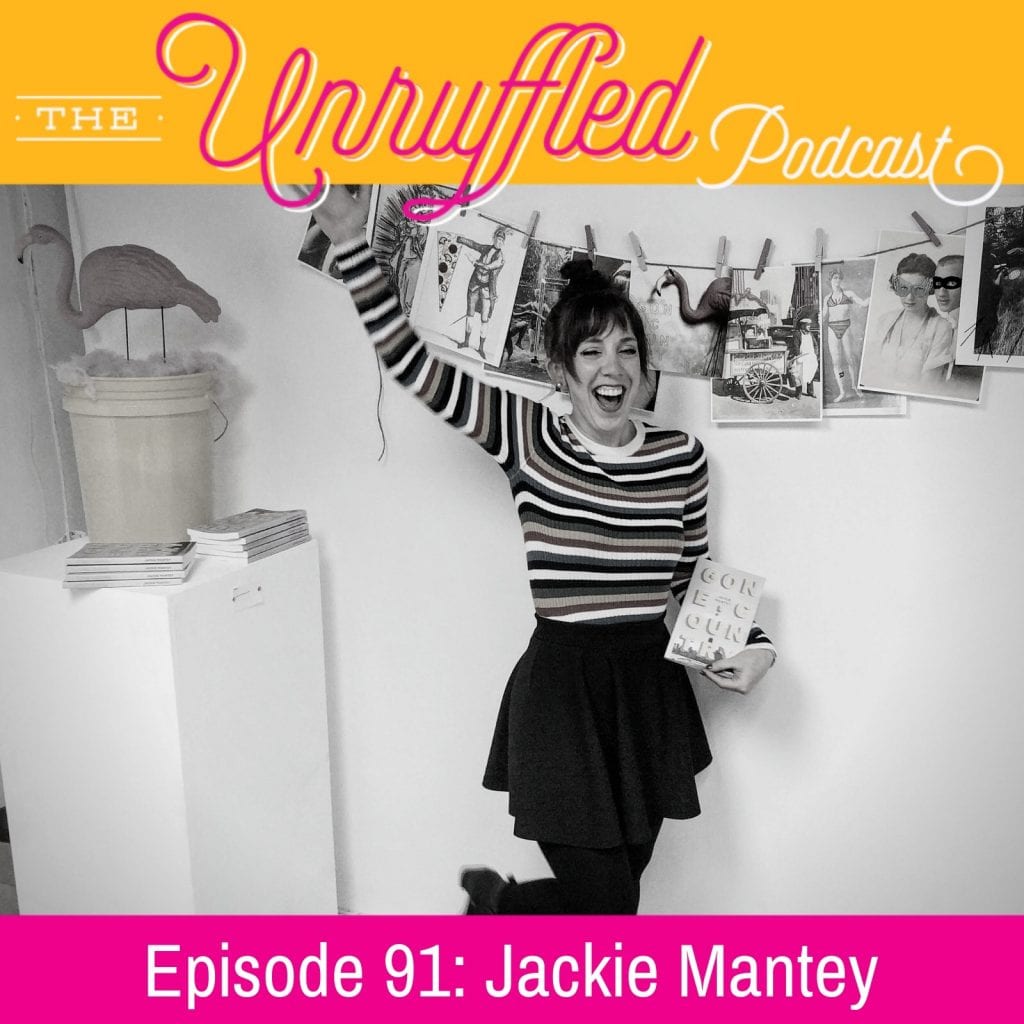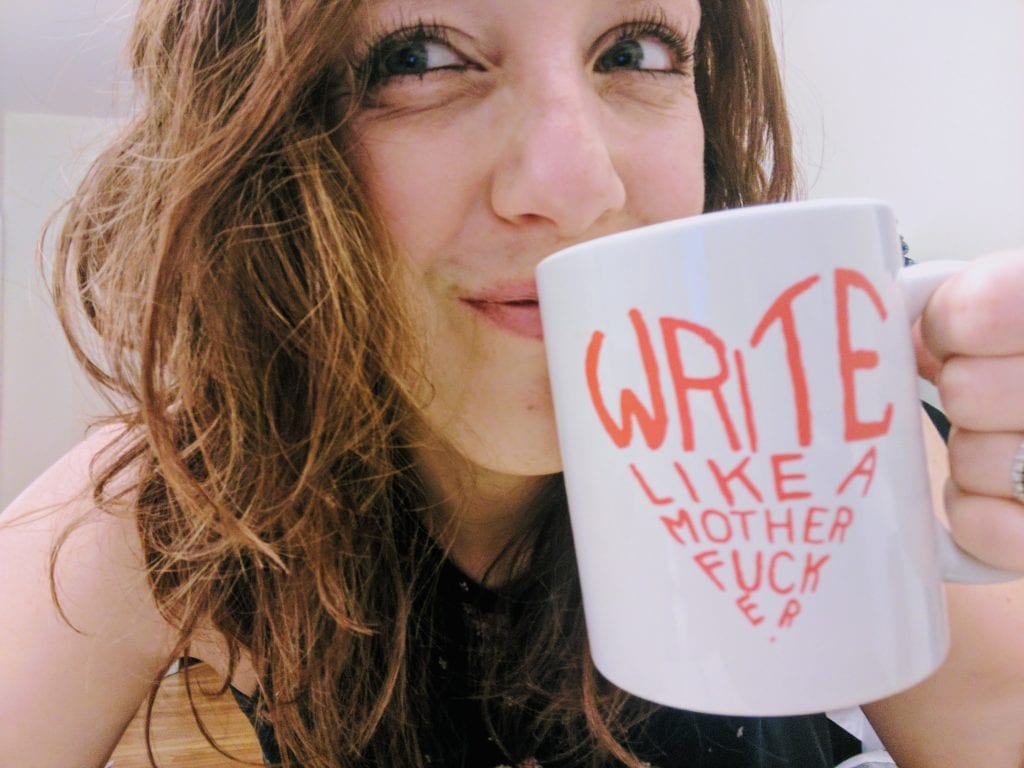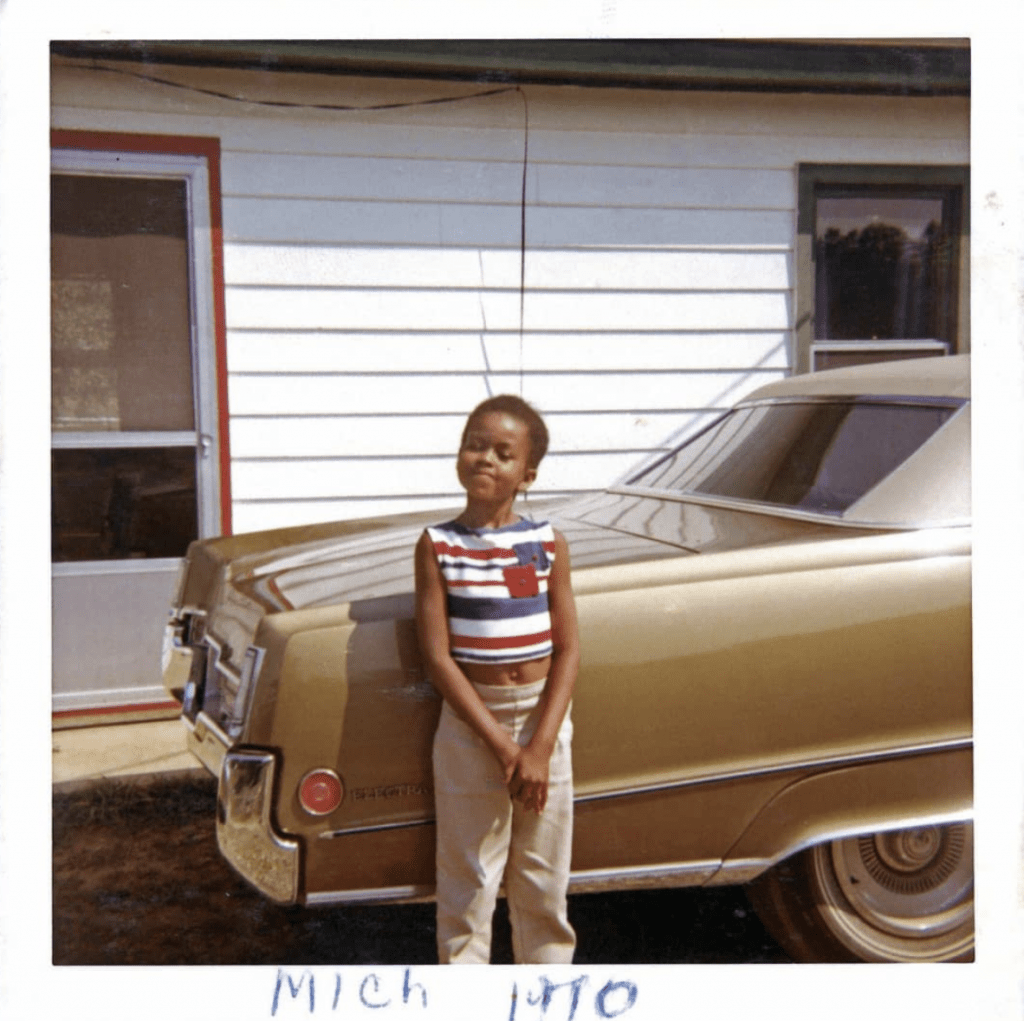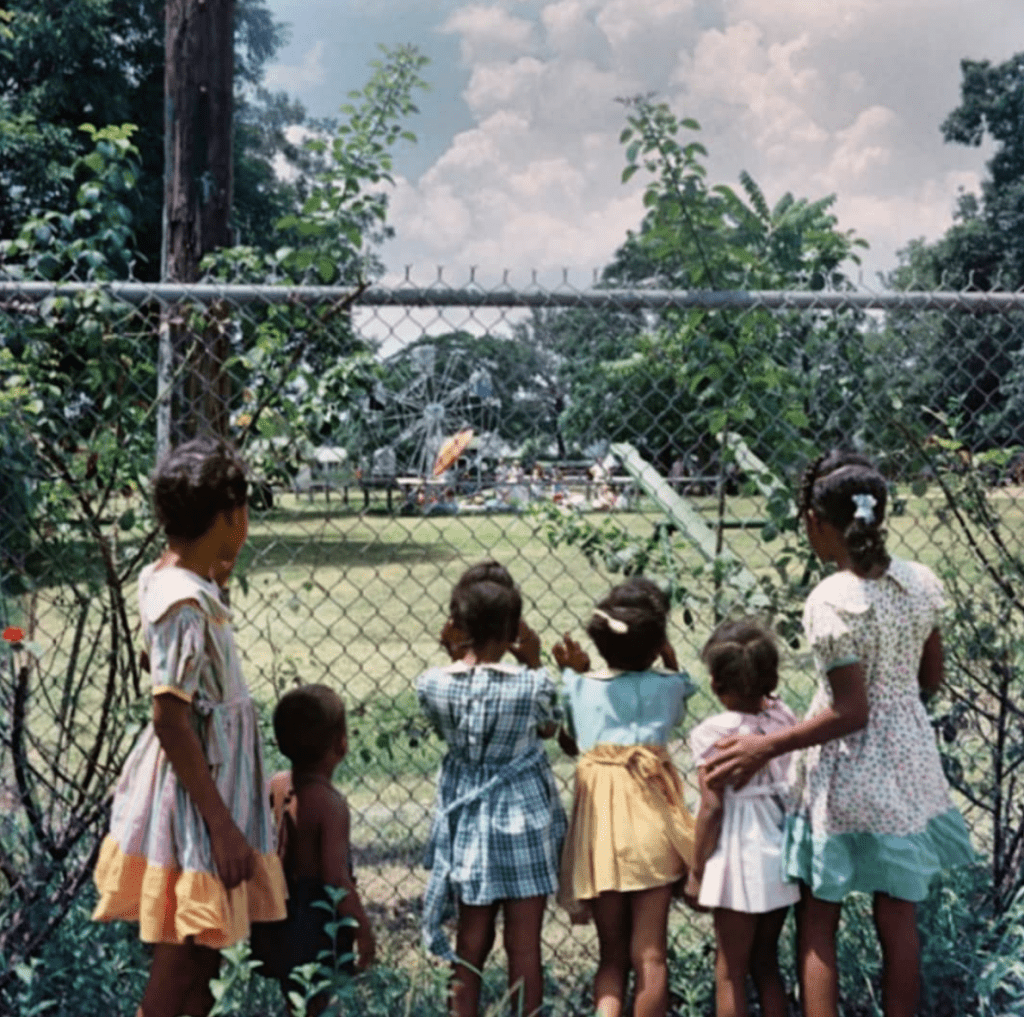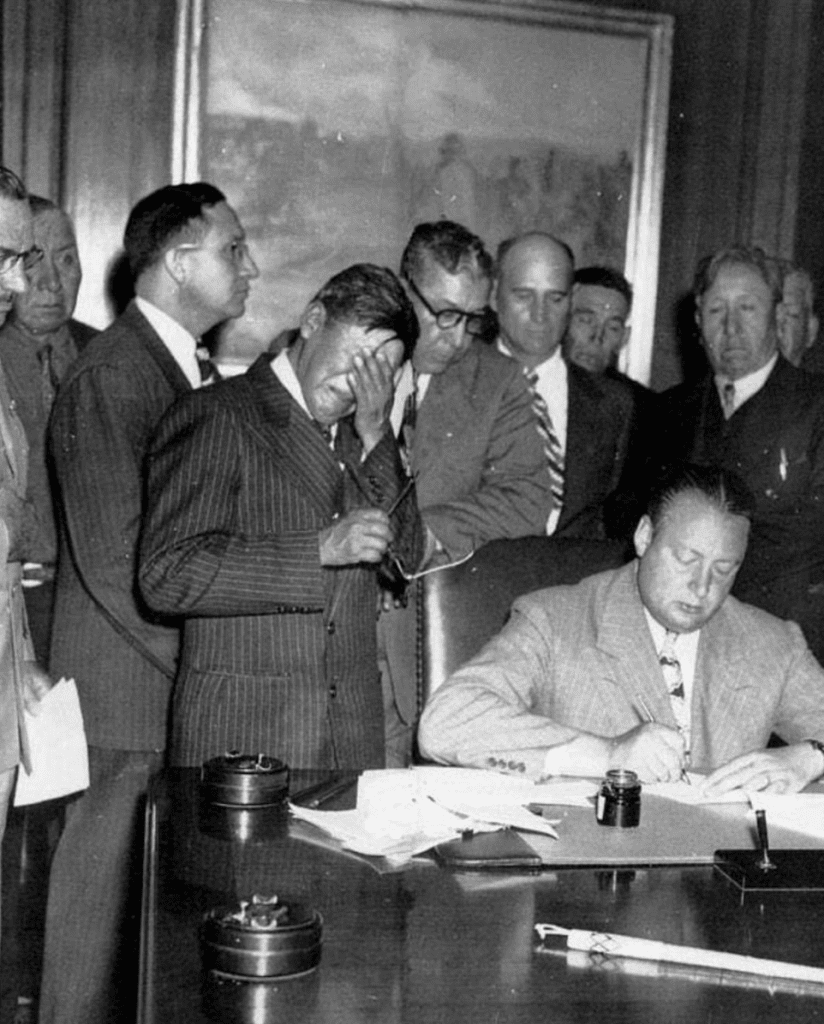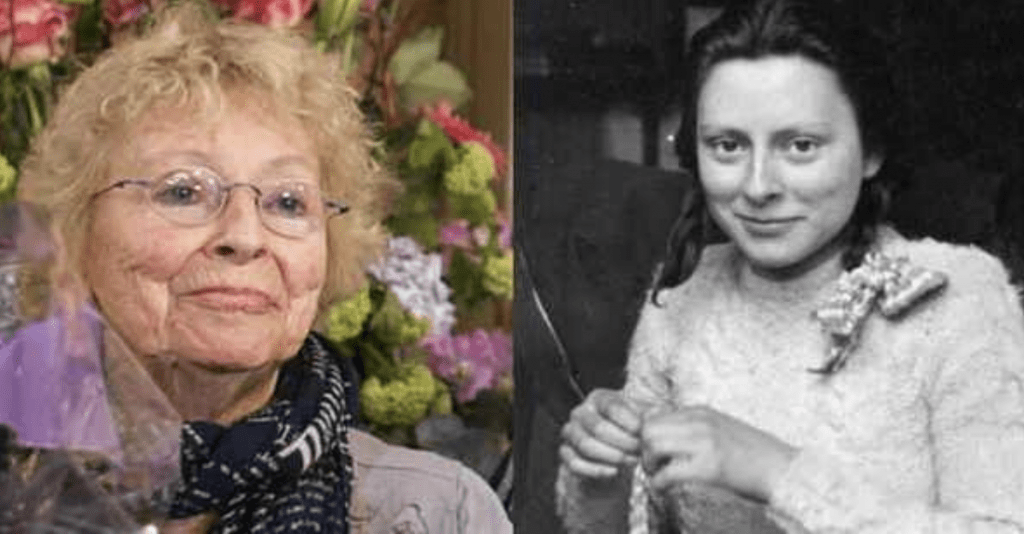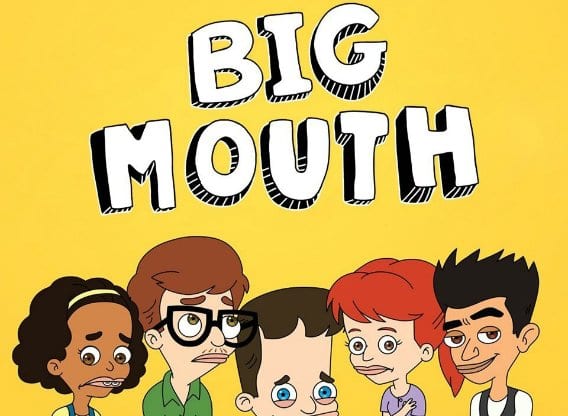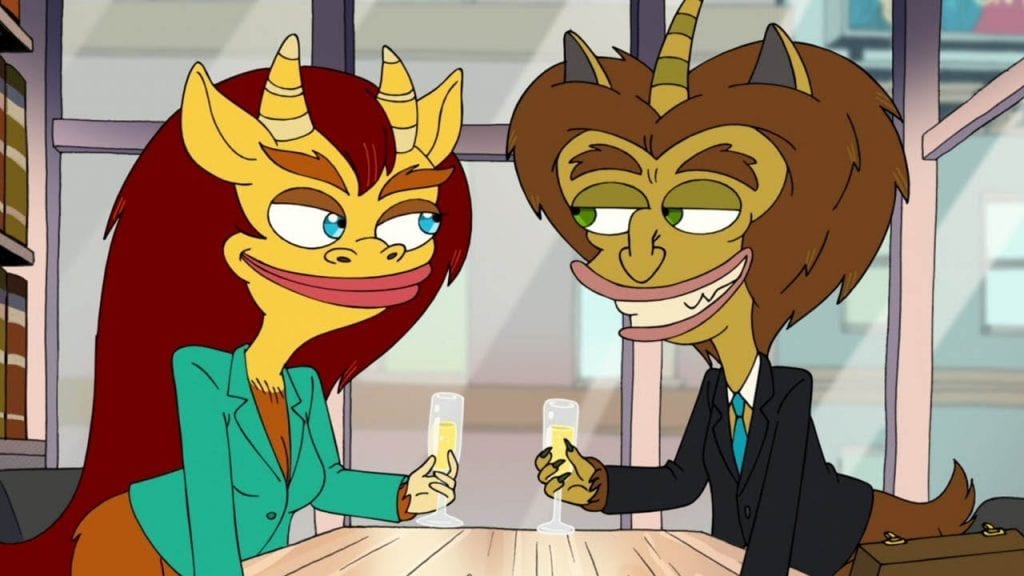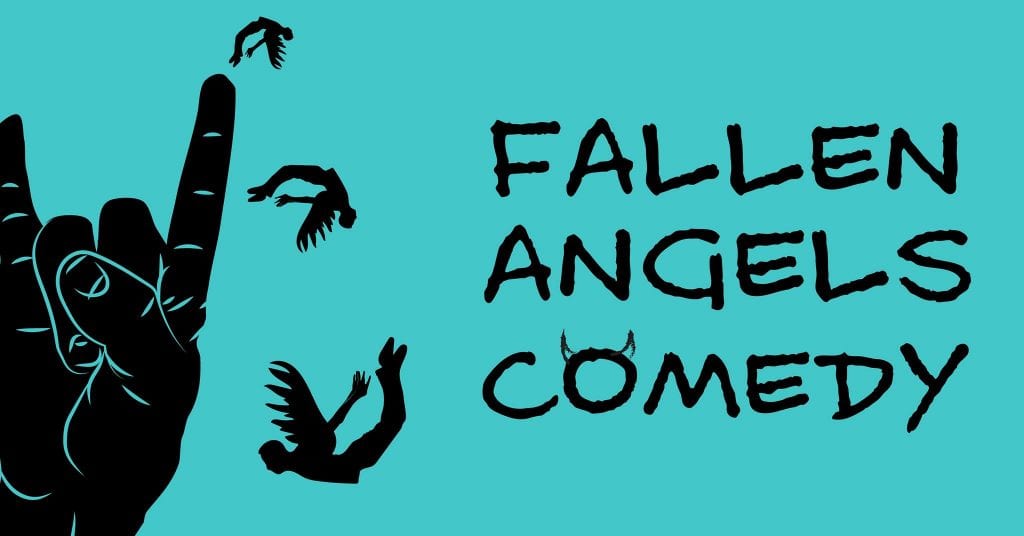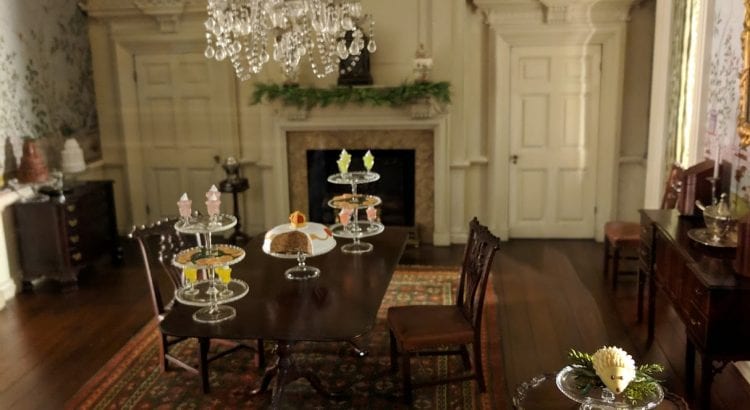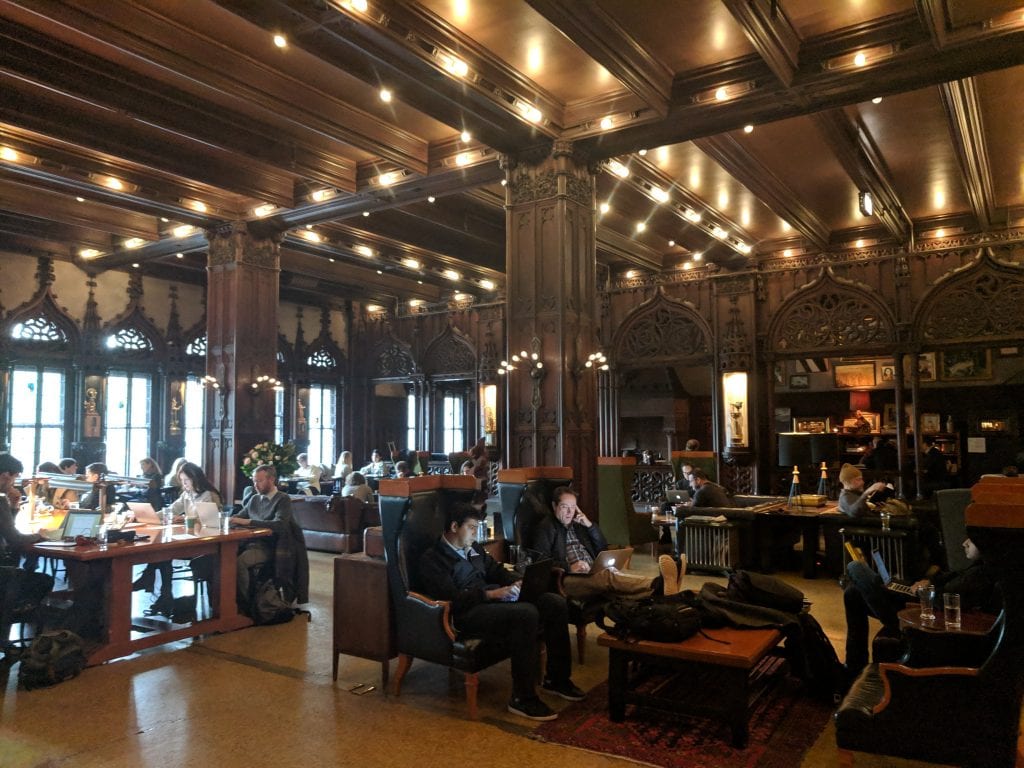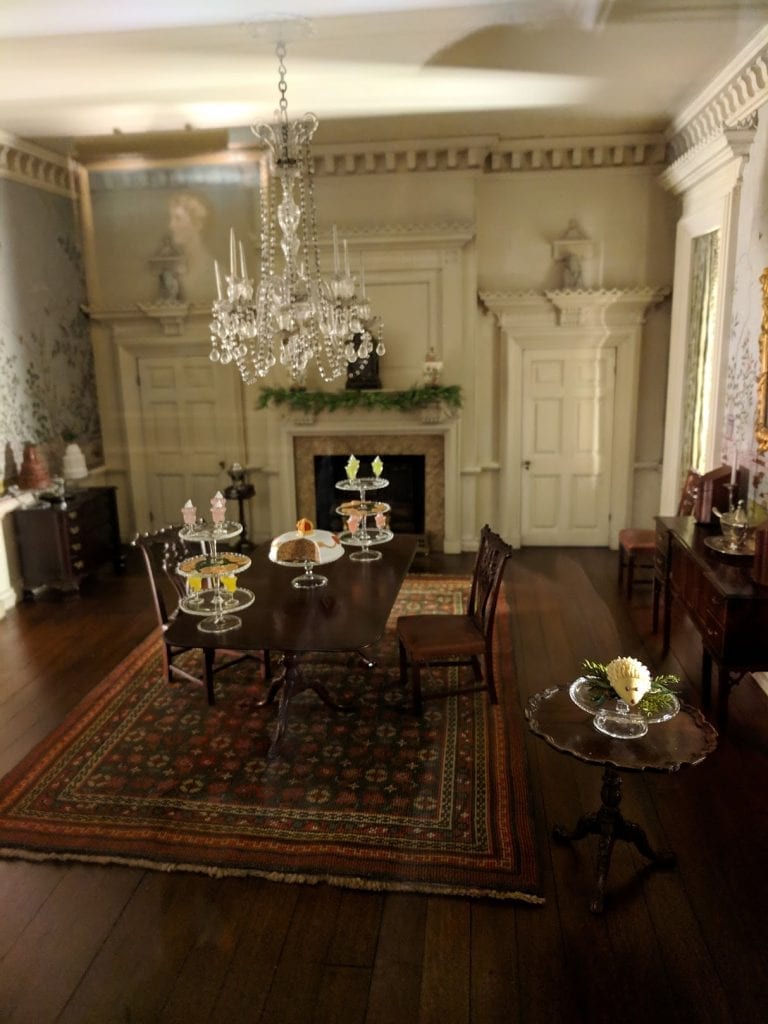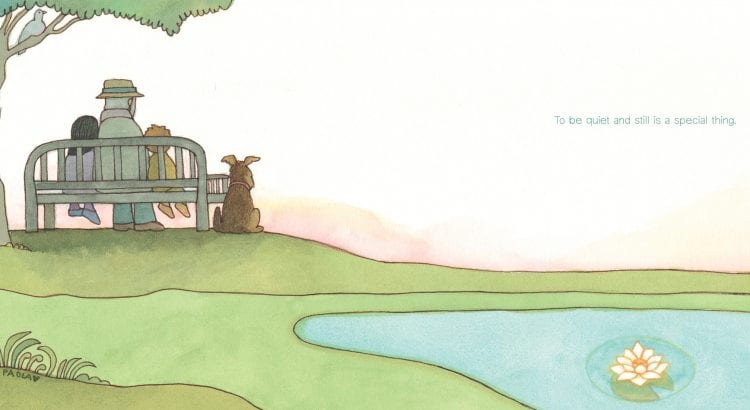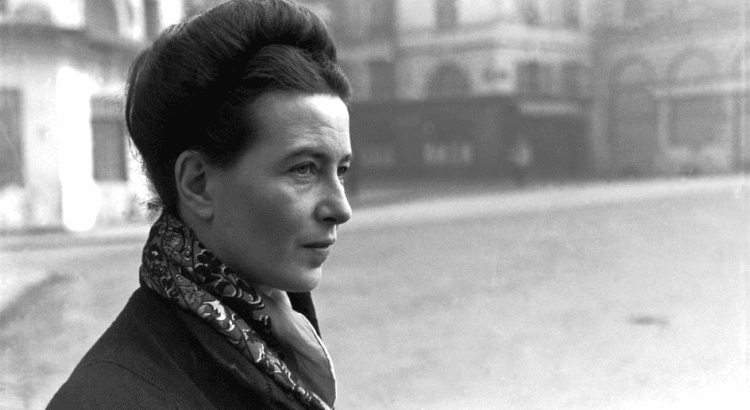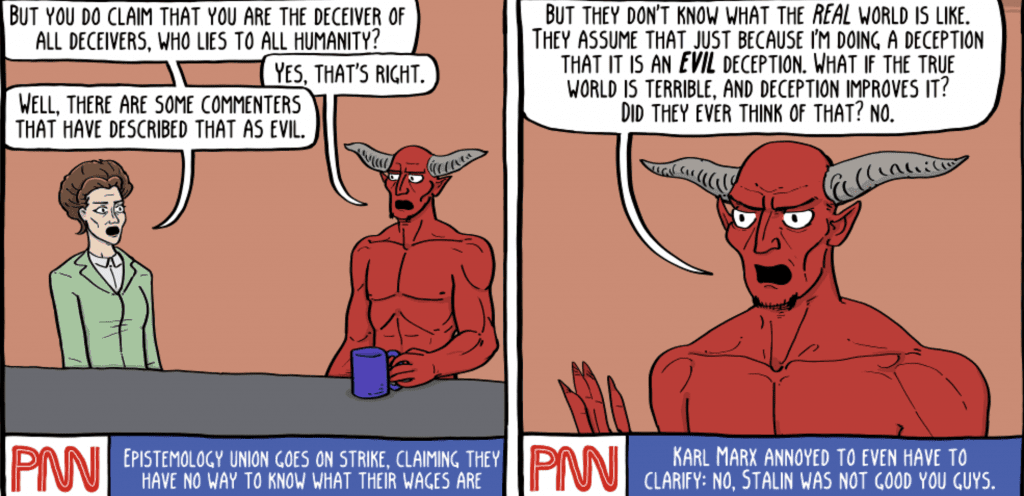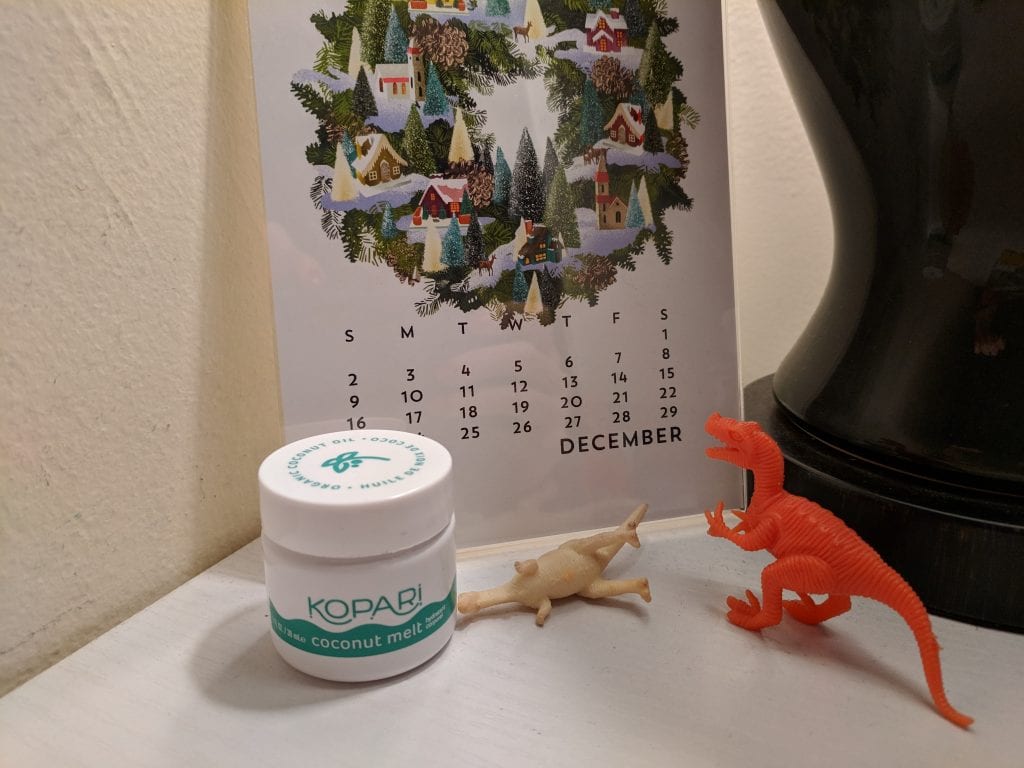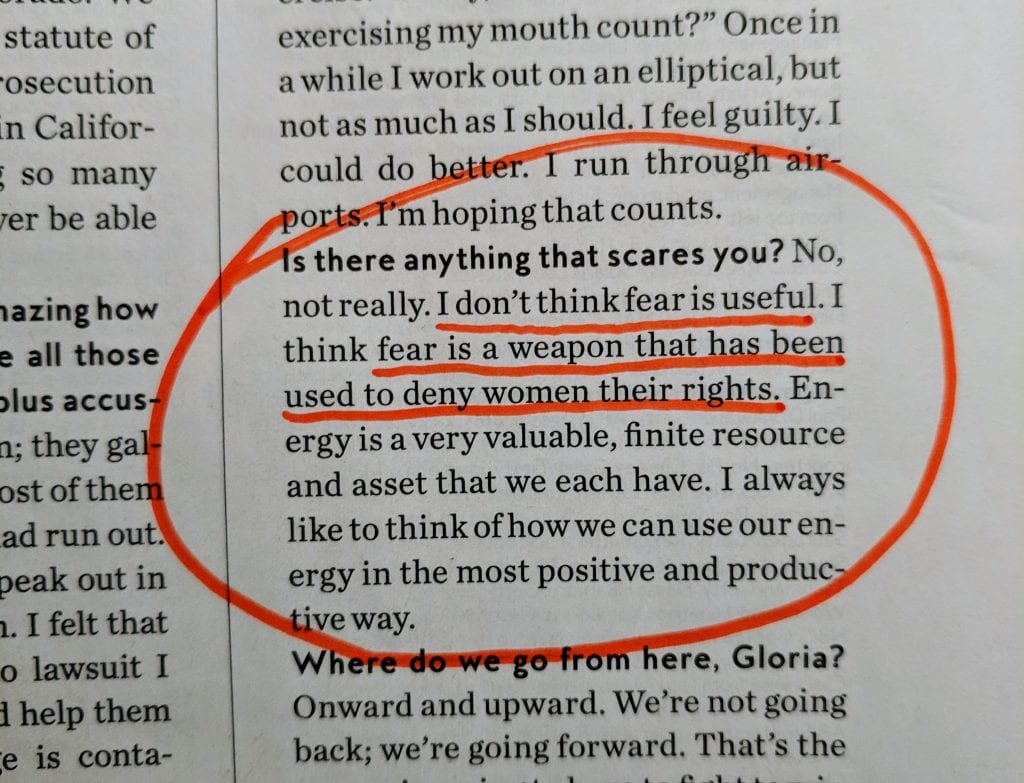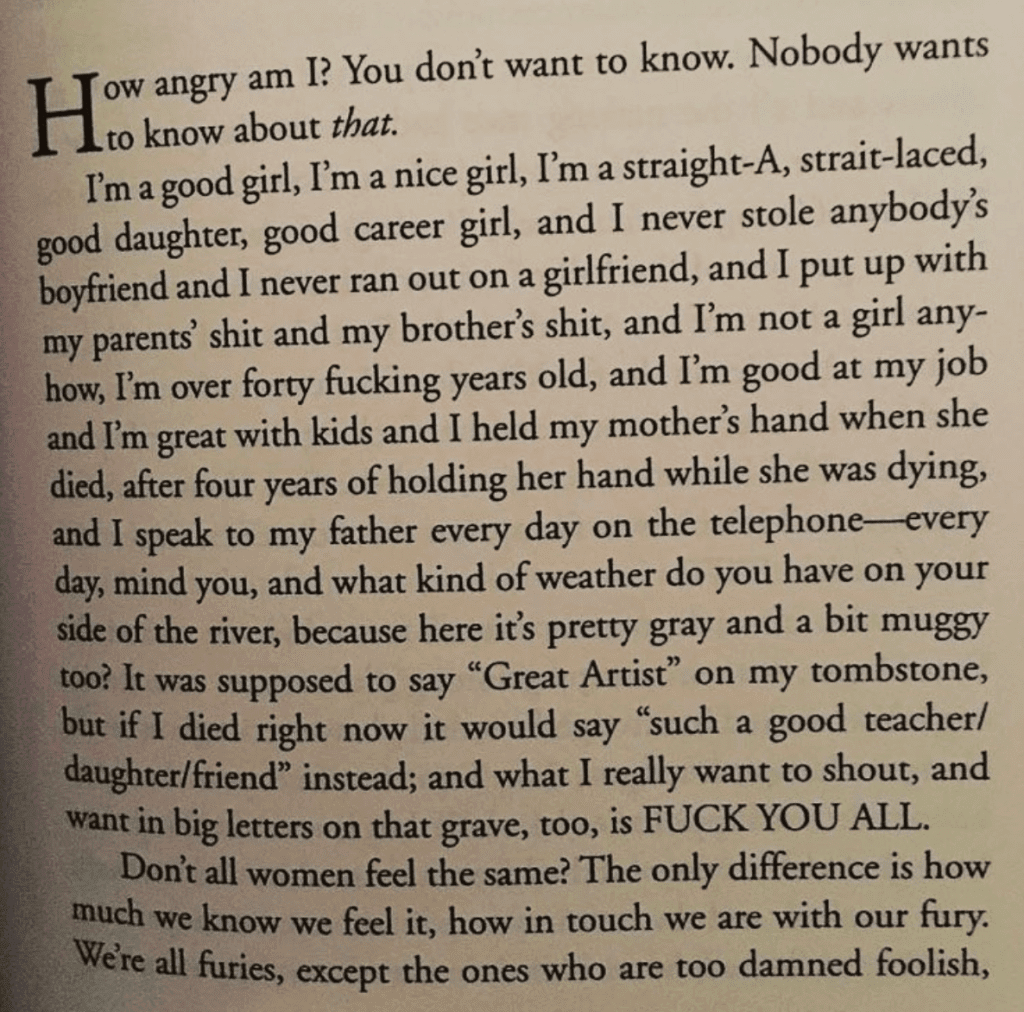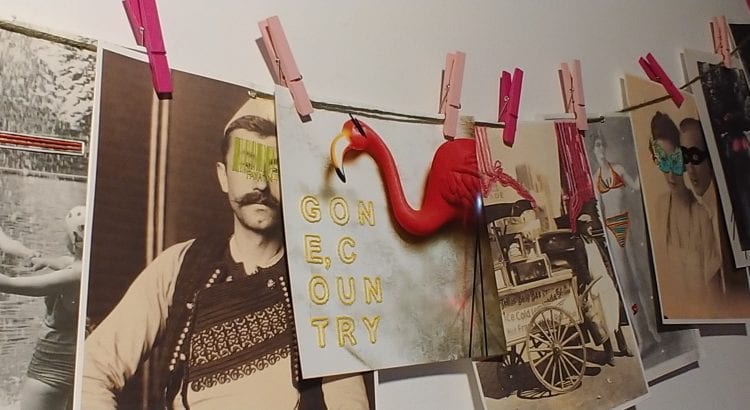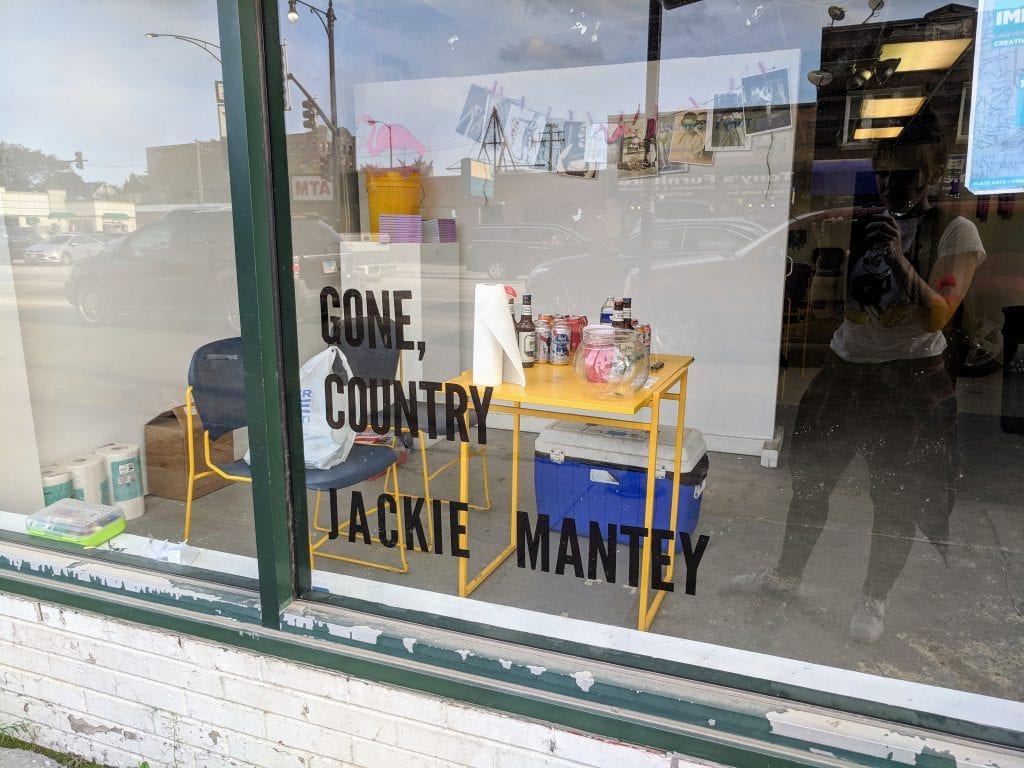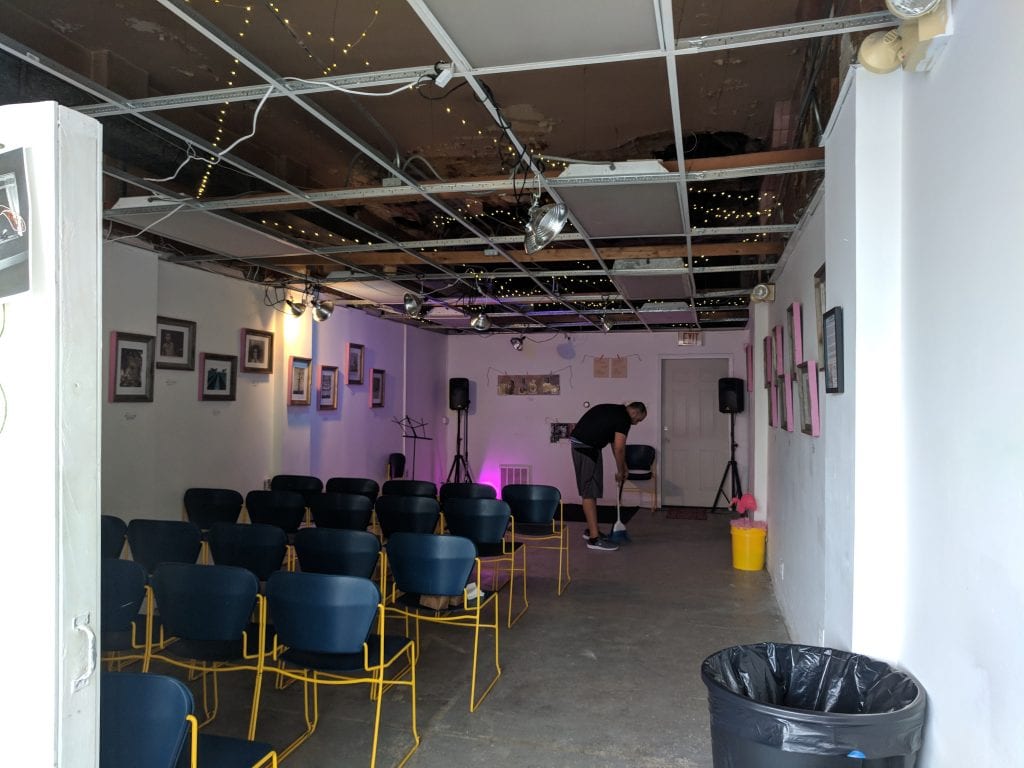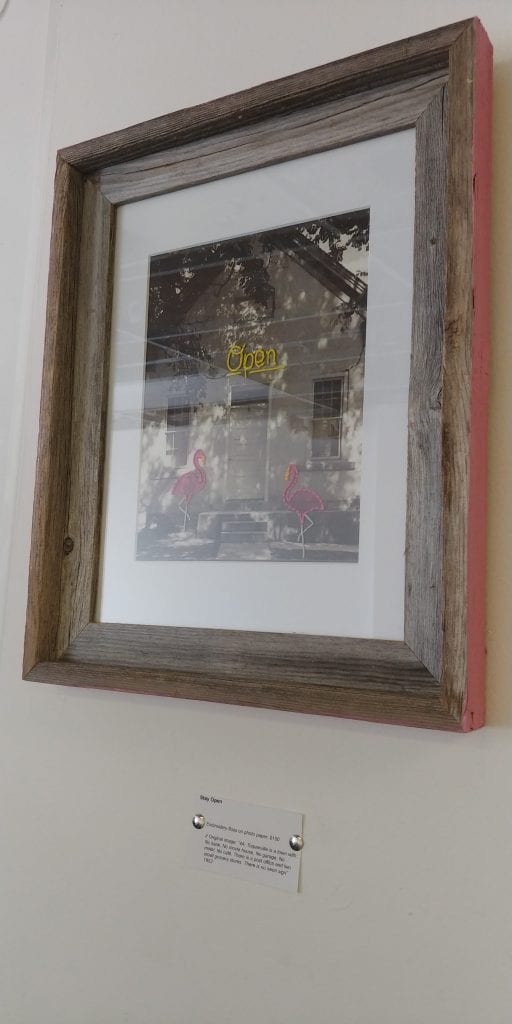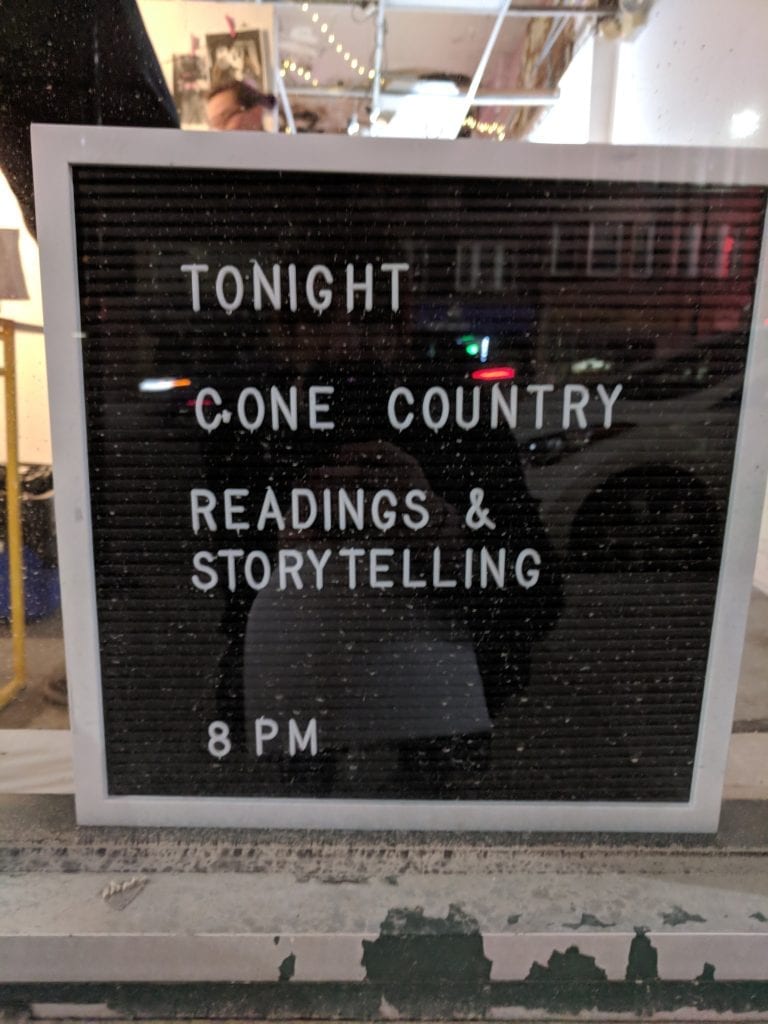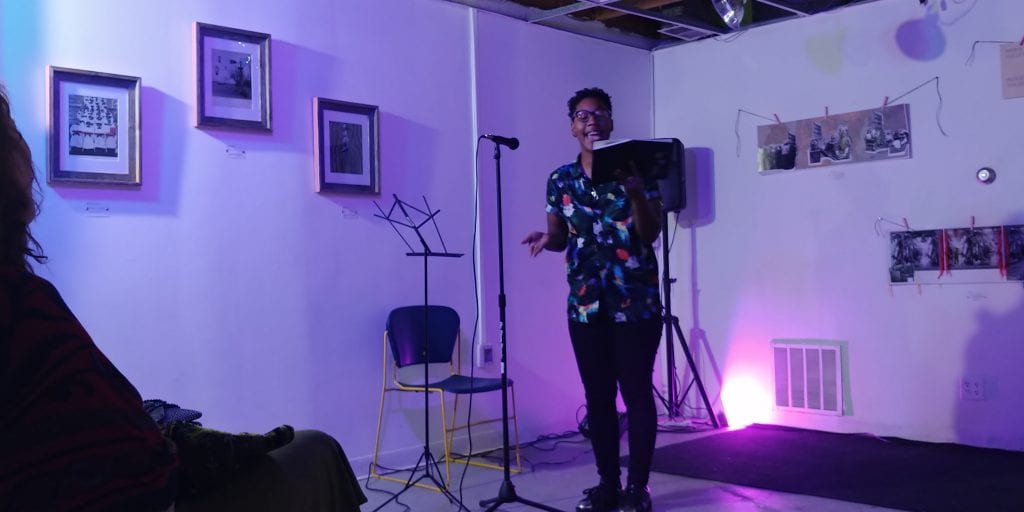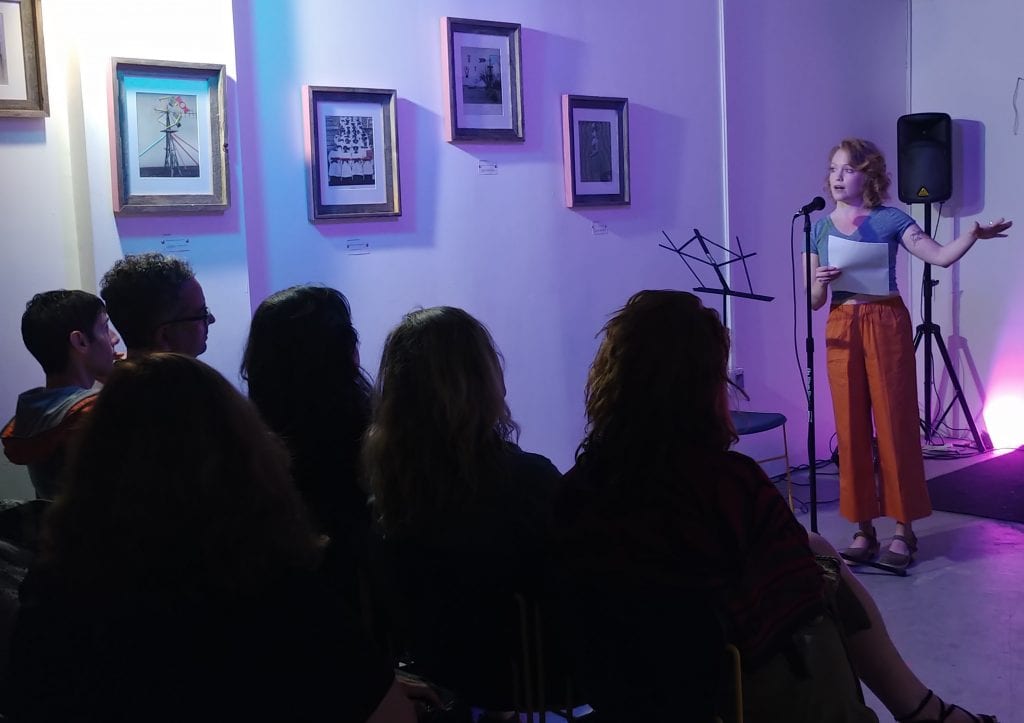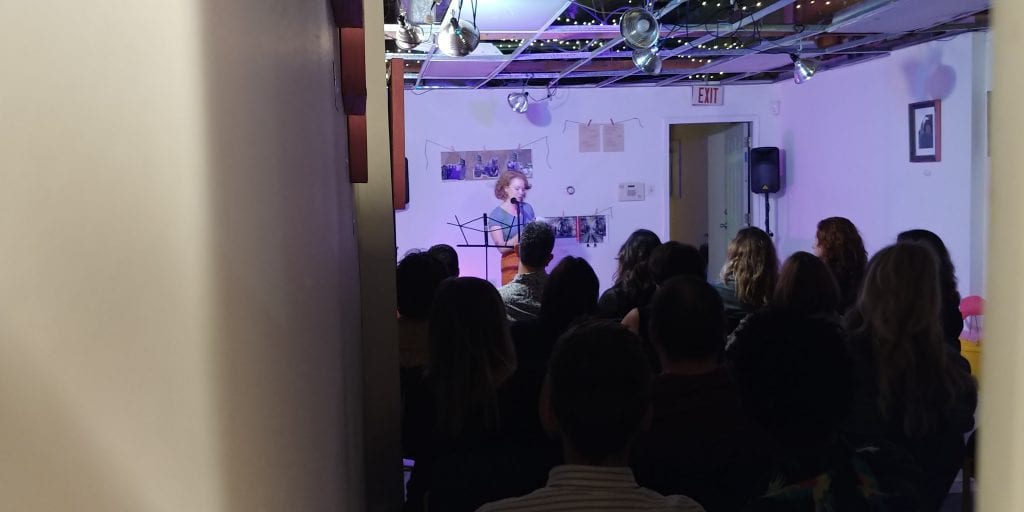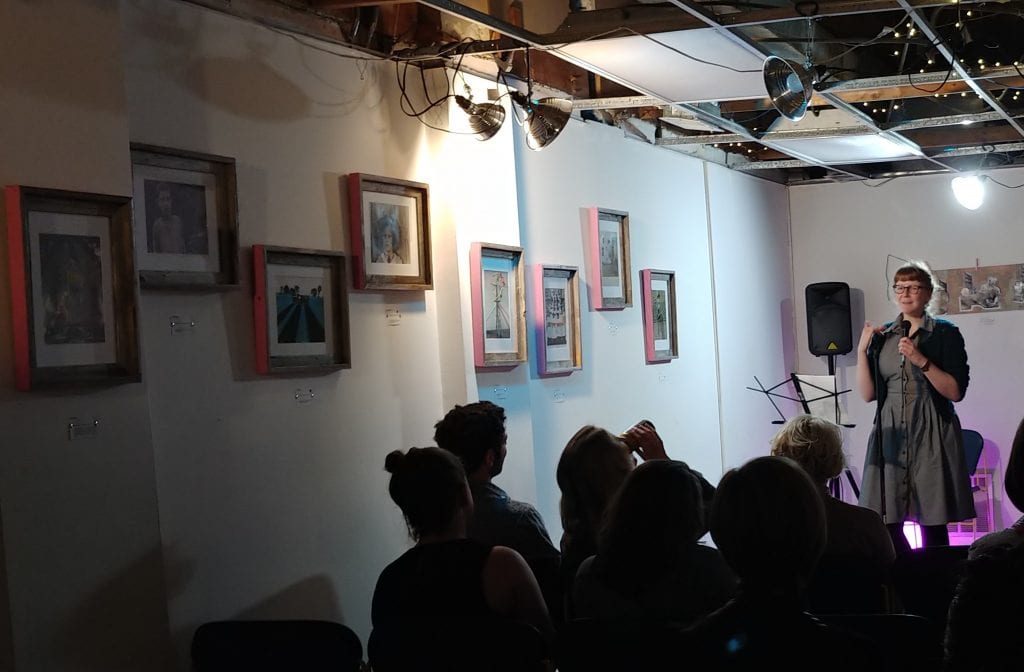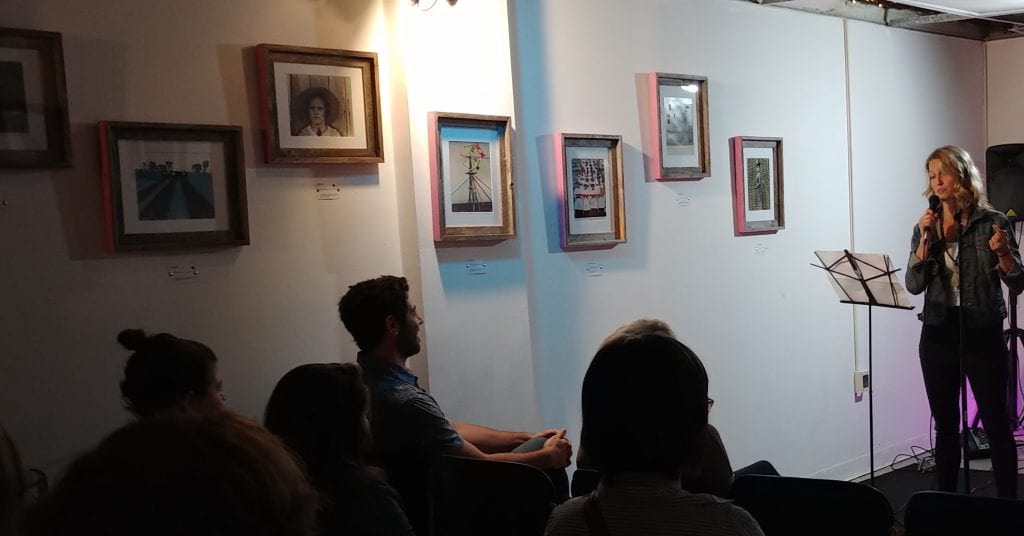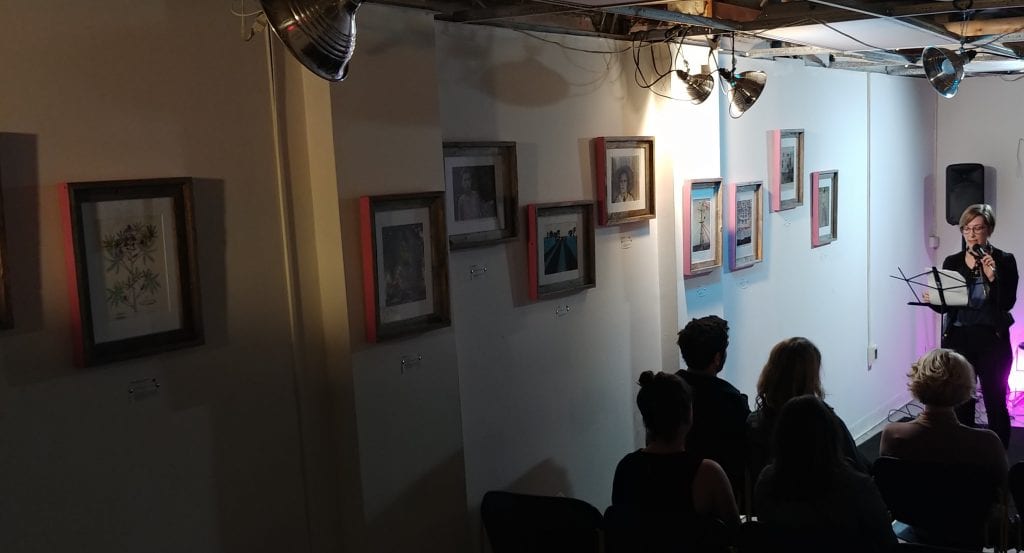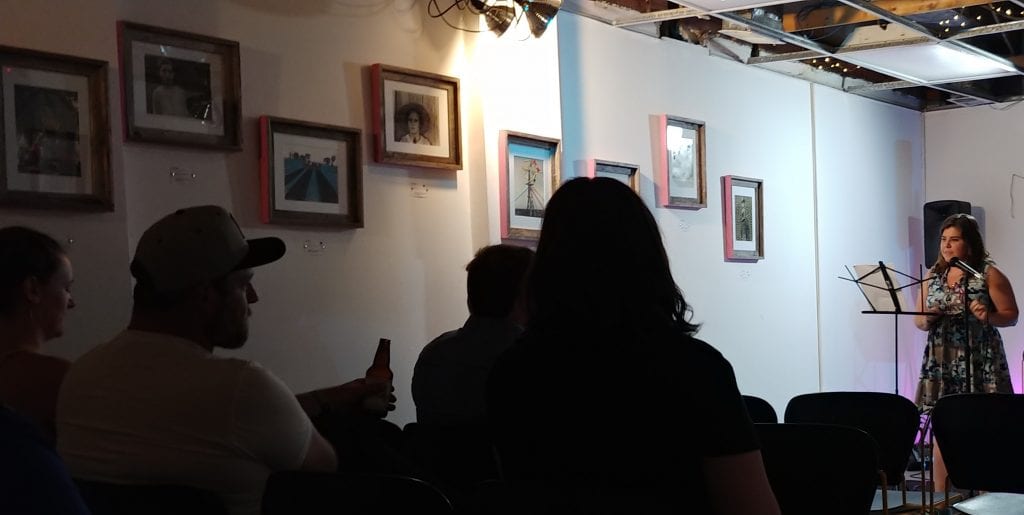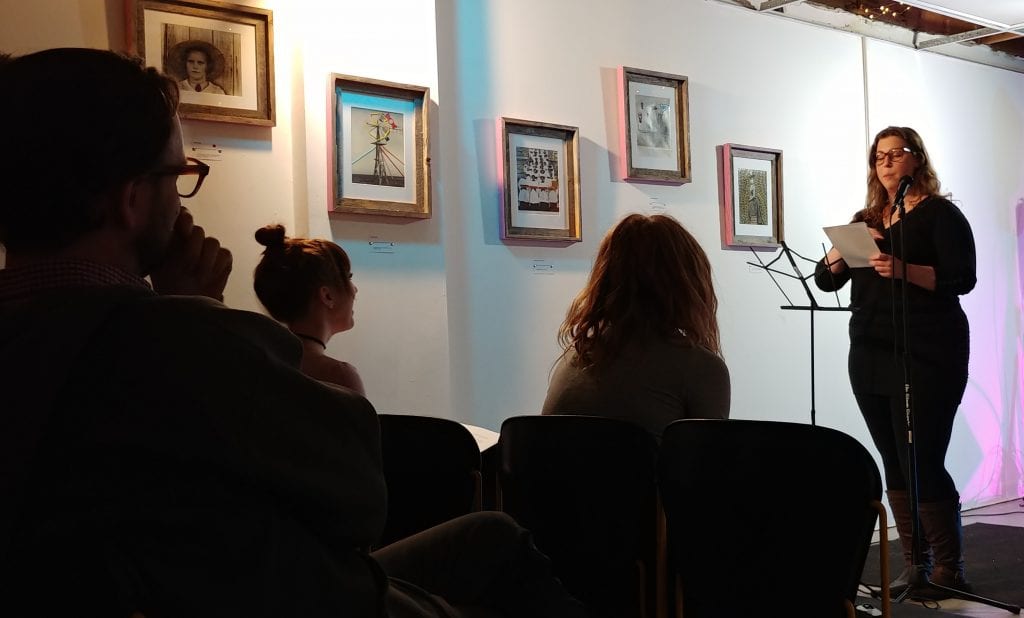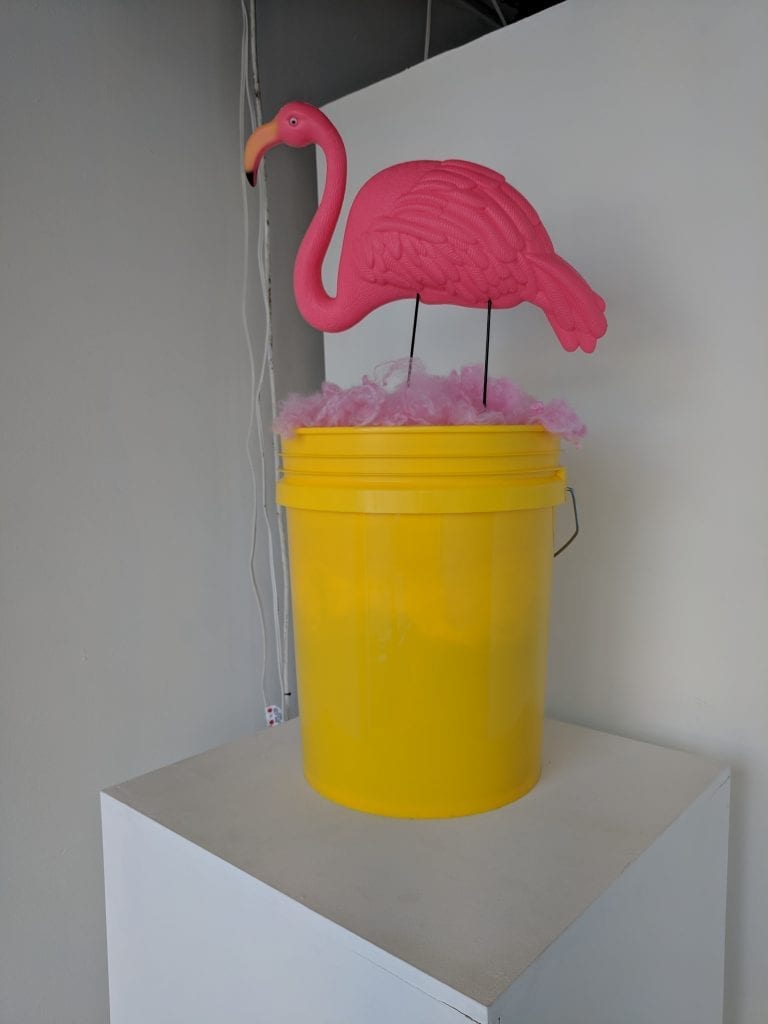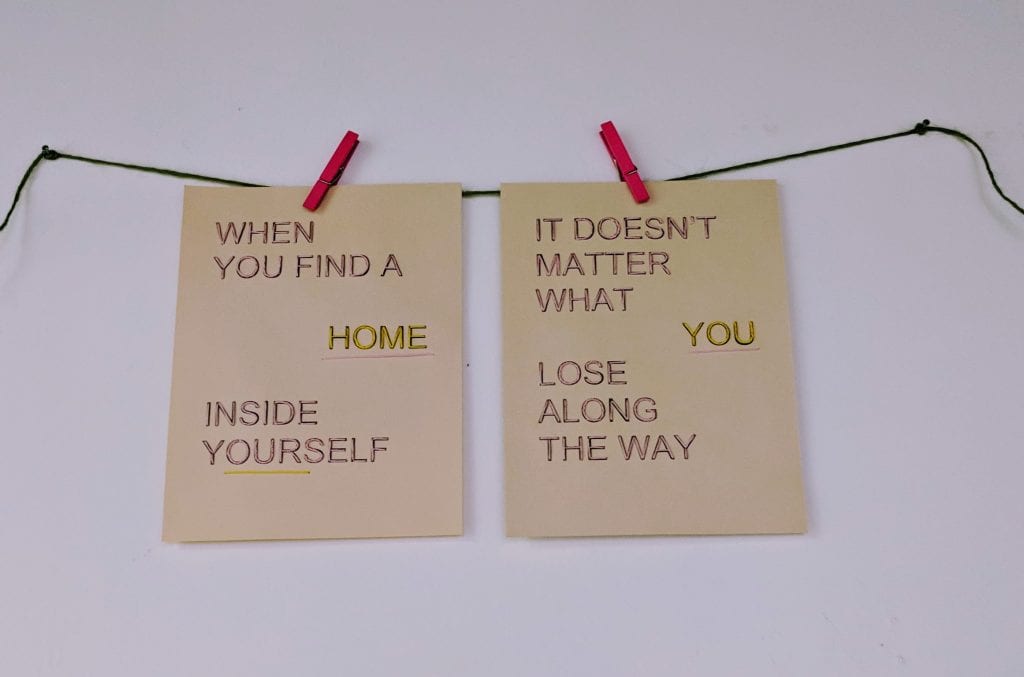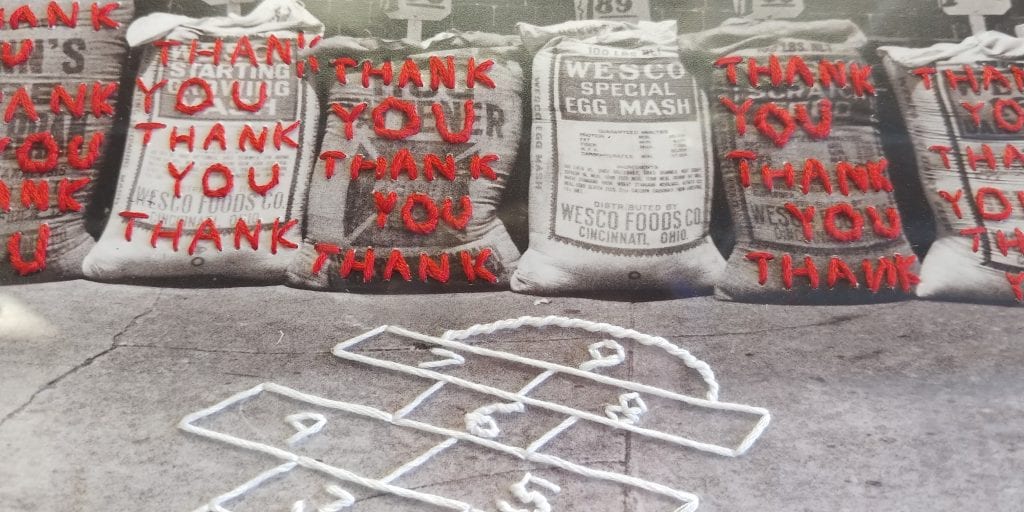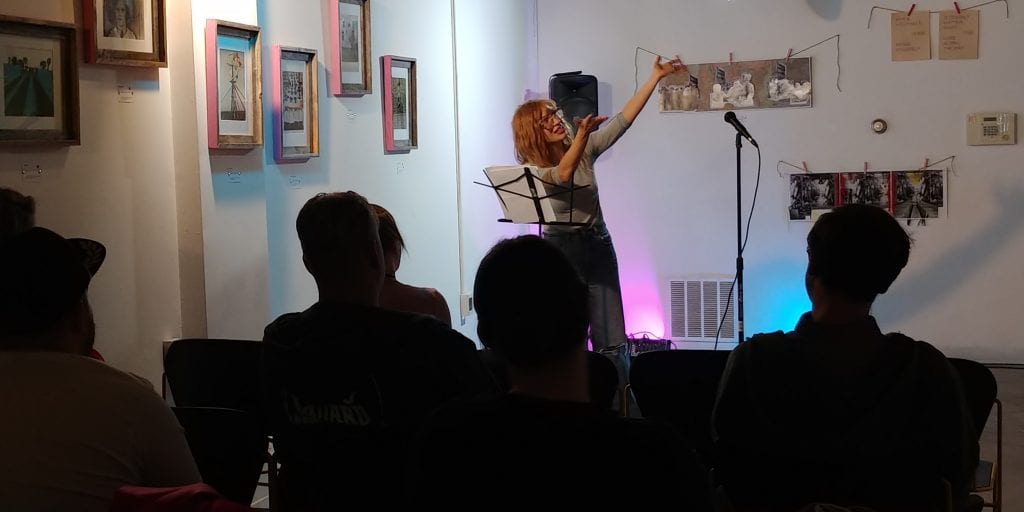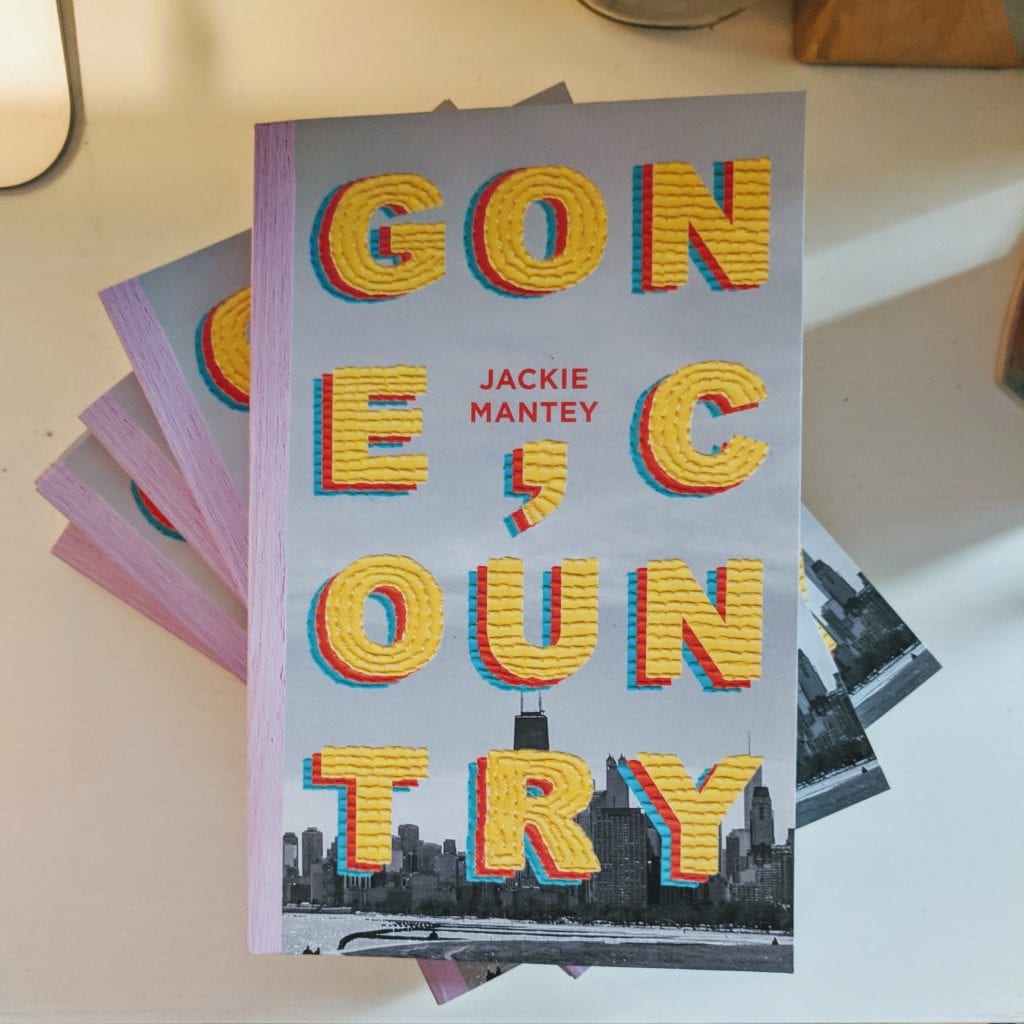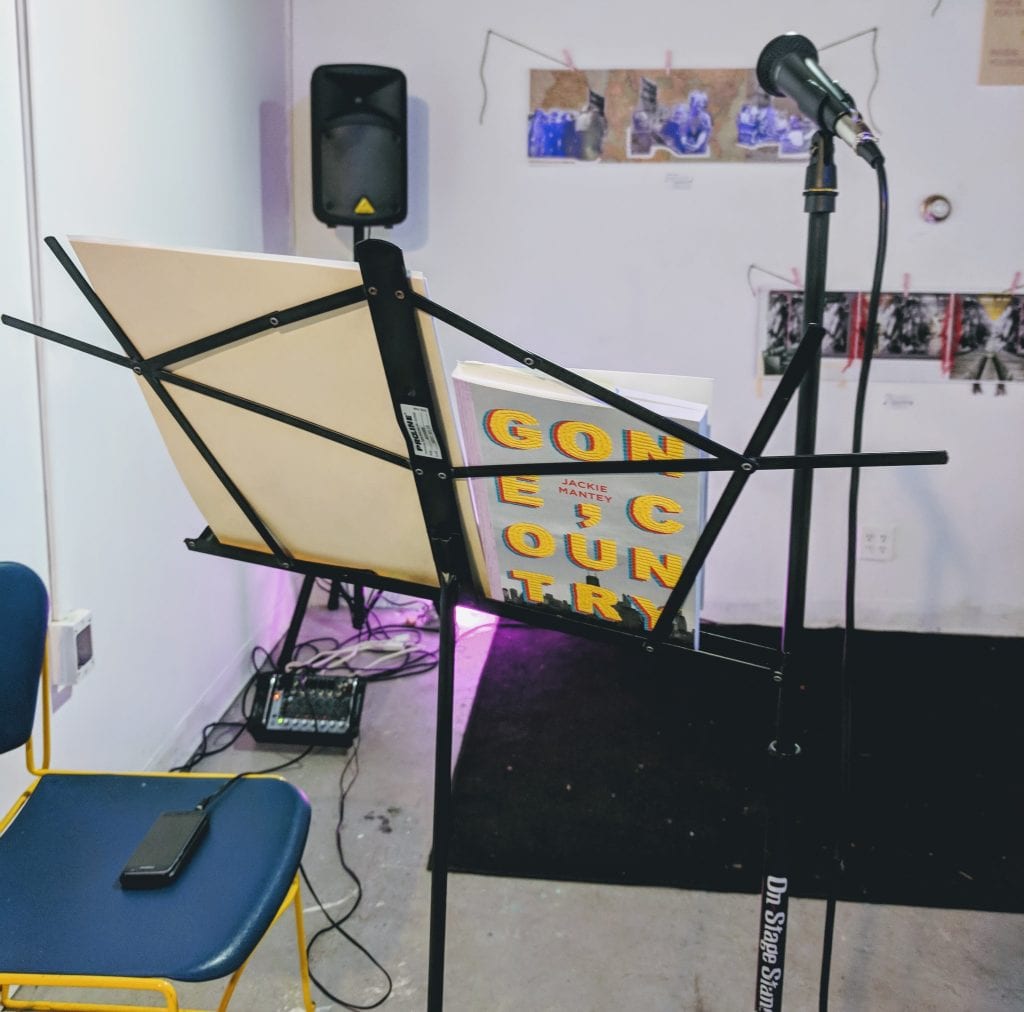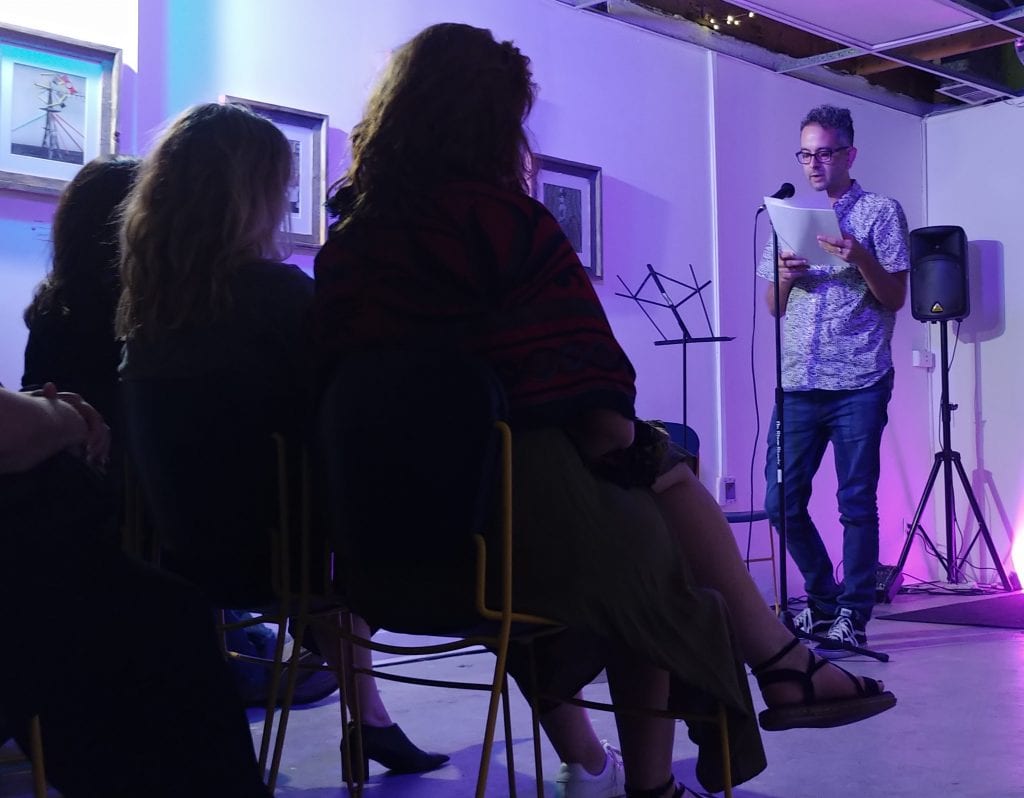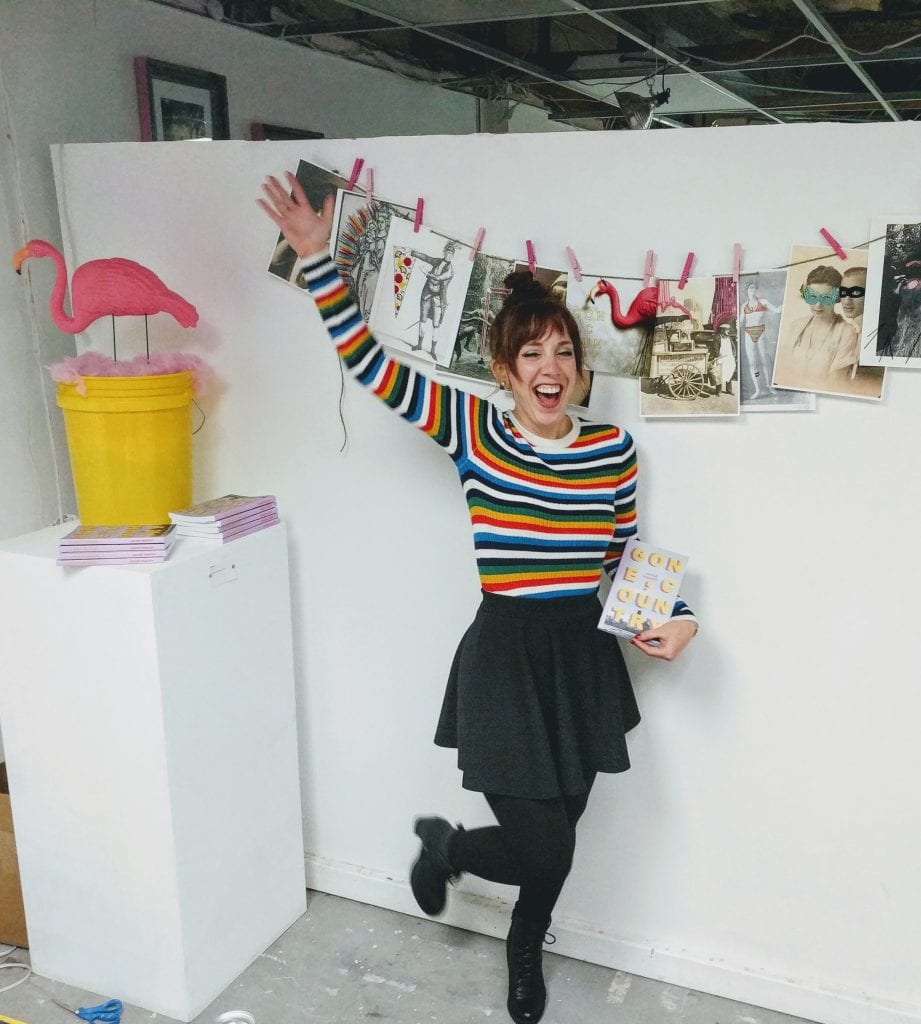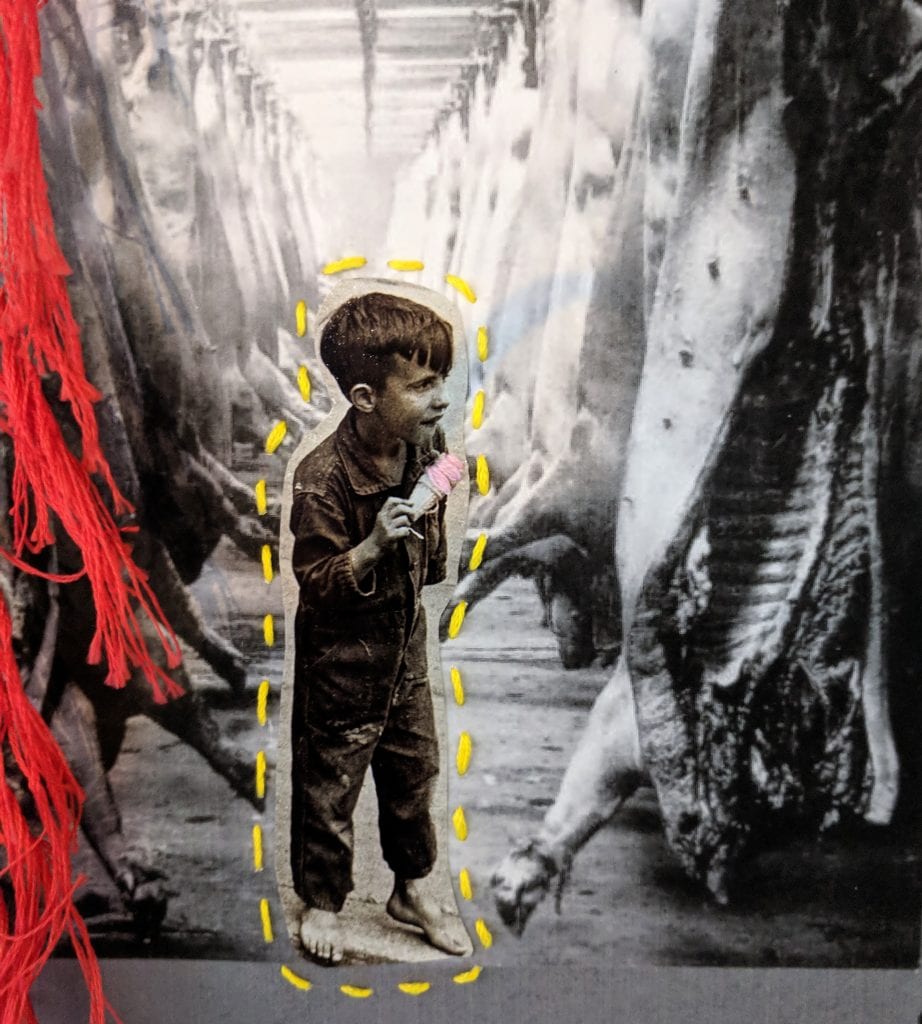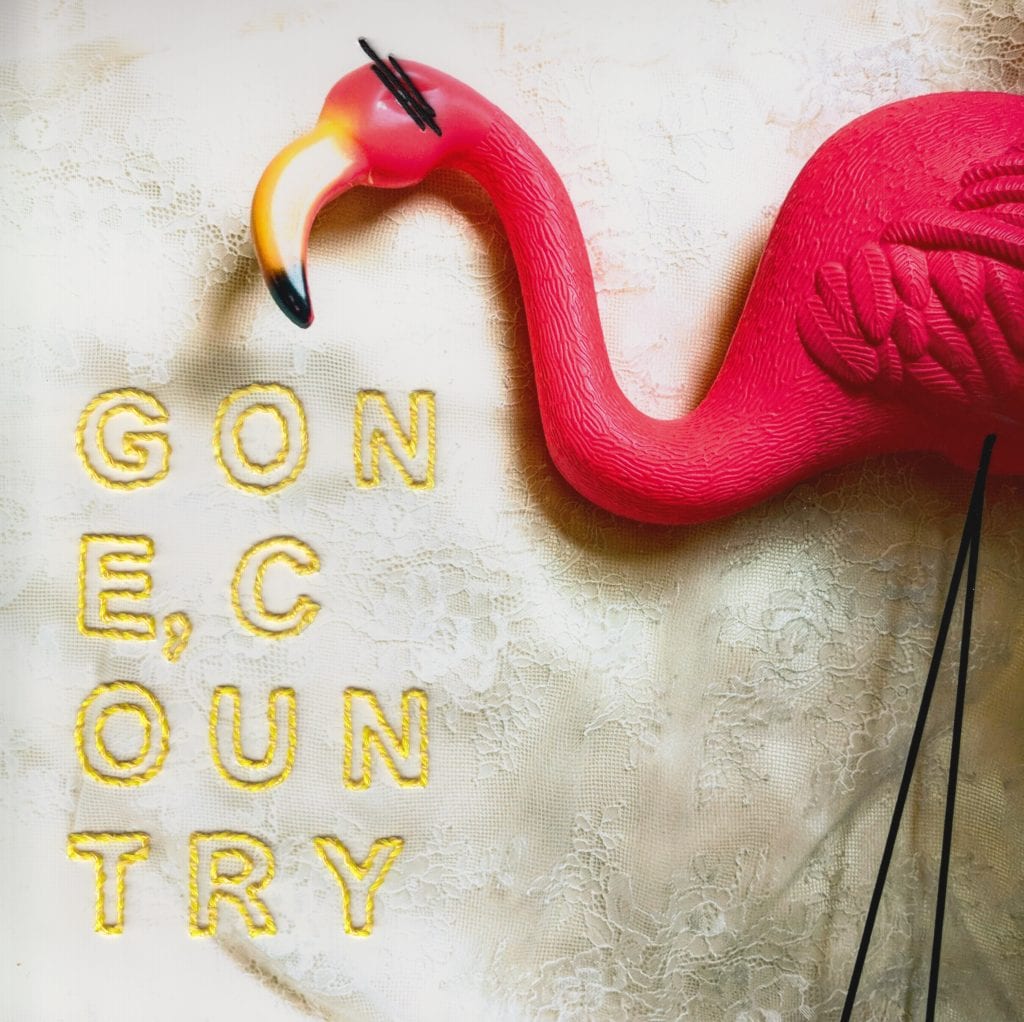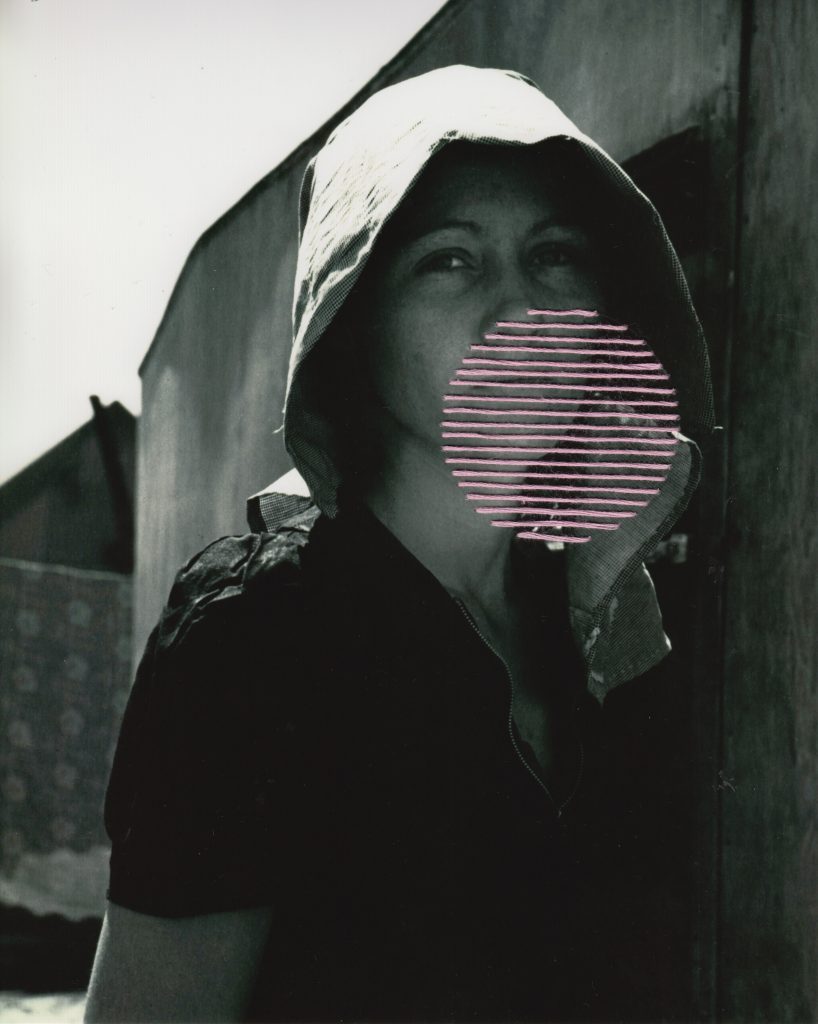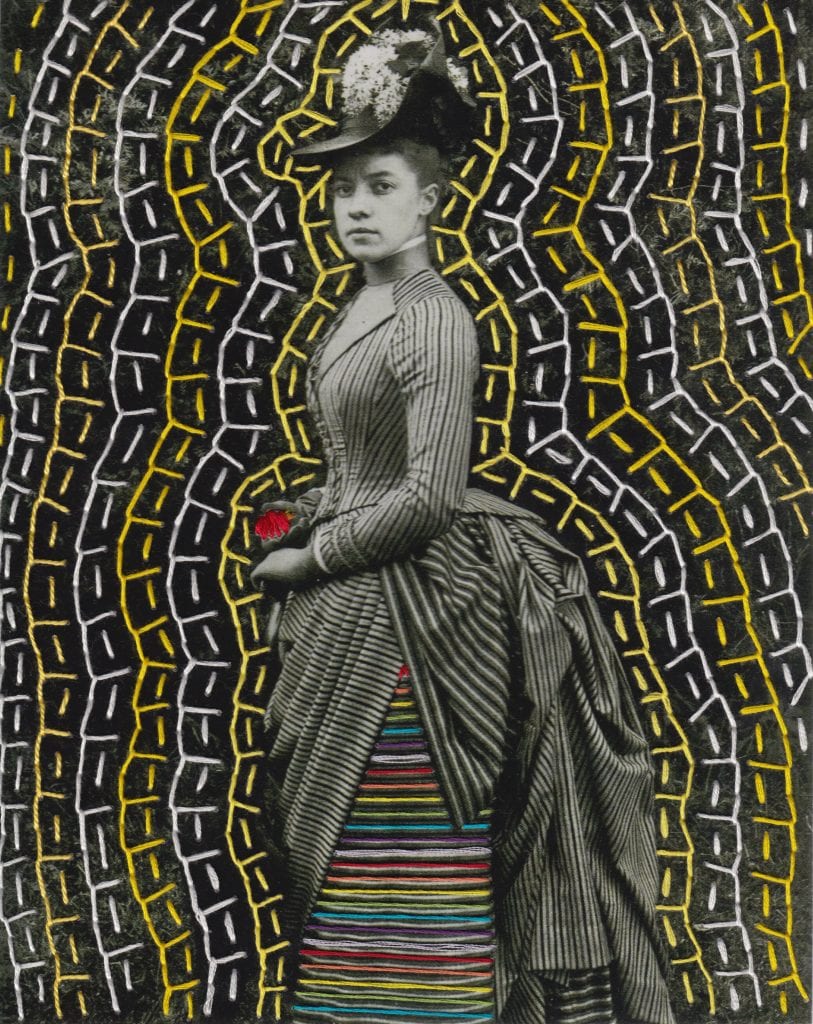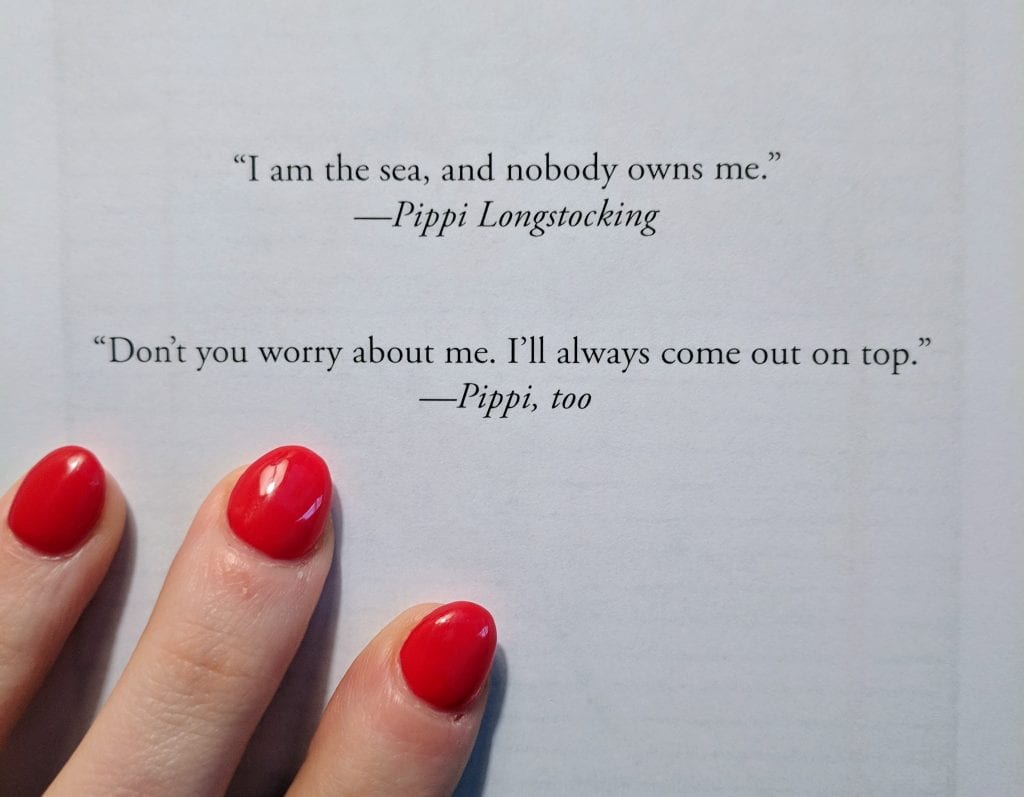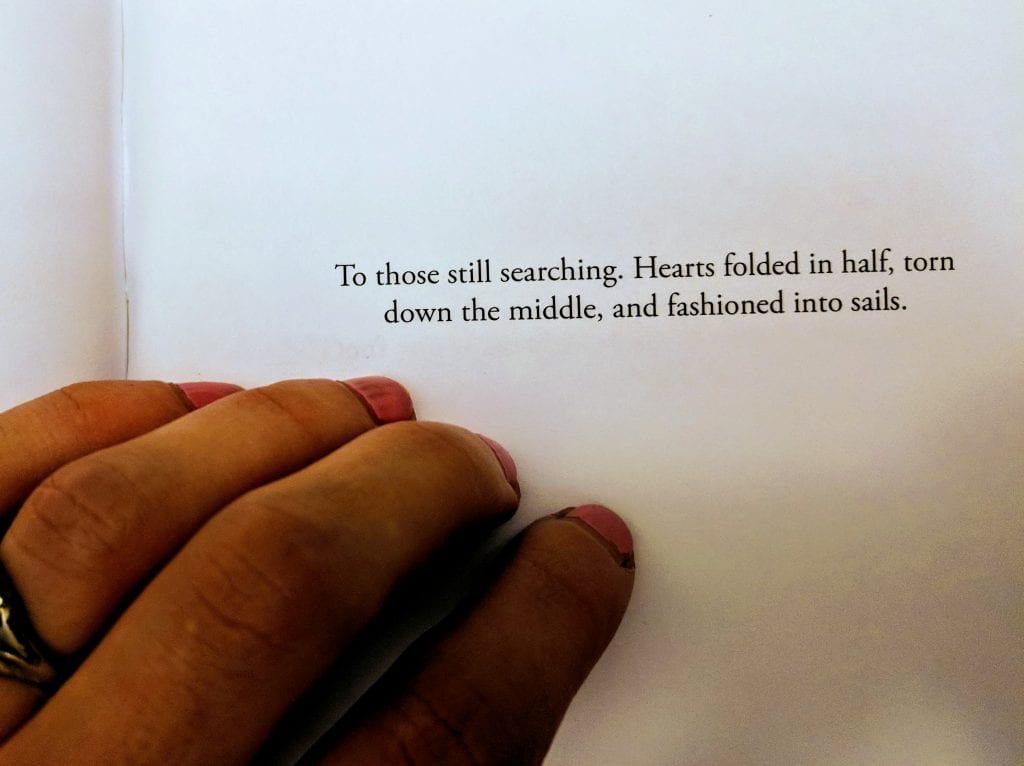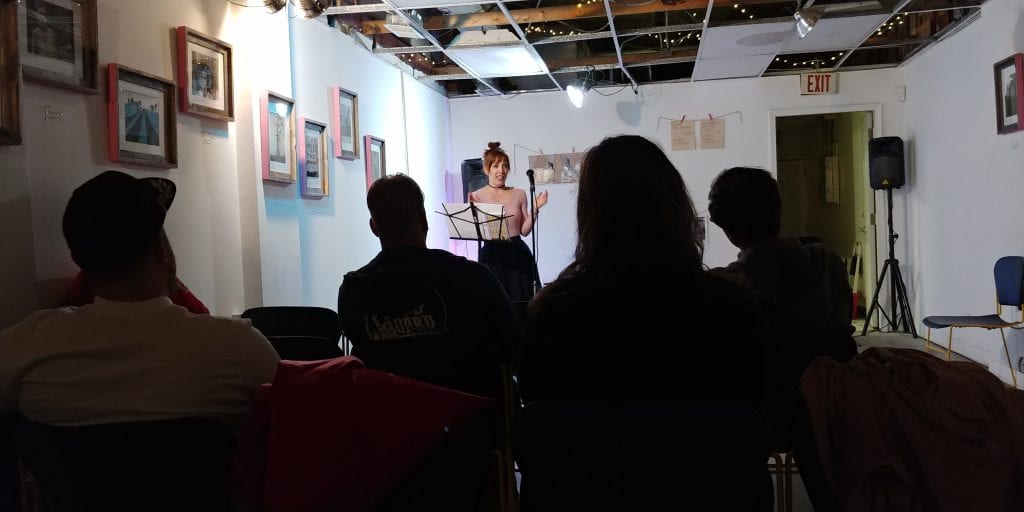In my recent re-reading of “Dreamland: The True Tale of America’s Opiate Epidemic,” I was struck by the description of the first time morphine needed to be mass produced—and fast—in the United States. Answer: “The U.S. Civil War prompted the planting of opium poppies in Virginia, Georgia, and South Carolina for the first time and bequeathed the country thousands of morphine-addicted soldiers.”
It’s just one example of how the environment and landscape of the United States was forced to change during the Civil War.
For a million other fascinating examples, look no further than historian Joan E. Cashin’s new book from Cambridge University Press, “War Stuff: The Struggle for Human and Environmental Resources in the American Civil War.”

Was the physical world during the Civil War a parallel to what was happening to the soldiers and civilians embroiled in it?
“That is a good analogy,” Cashin says. “The armies—both armies, Confederate and Union—exploited the physical world to the full just as they exploited the civilian population.”
The book explores these exploitations, recounting how and why they happened, who suffered because of them, and how they changed the course of the war.
I love reading books like this—historical documentations that tell story after story of real lived experience. It’s packed with anecdotes that could consume a creative writing class for a whole semester. All my fiction-writer friends out there, books like this are also great for research.
“Some civilians began to crack under the compounding pressures of war, engaging in increasingly reckless behavior. In May 1864, a tall, well-dressed clergyman walked right through the Battle of Yellow Tavern, calling out in a booming voice, ‘Where’s my boy. I want to see my boy.’ The man strode across an active battlefield while troops shouted at him to leave before he disappeared, uninjured, into the woods. … Other civilians were overcome by trauma, undone. A white girl stood at her front door watching the buildings burn on her family’s property. She began yanking the hair from her head, repeating the curses she heard from passing troops, and shouting with maniacal laughter.”
Chapter six, “The Uncanny”
Cashin’s most recent entry into the huge Civil War canon is an intriguing one. Expertly researched and woven together by her energetic voice, Cashin gives the devastating subject matter a balanced place to call home. And homes, as you’ll read, are a big part of the environmental Civil War story.
Below, read more about Cashin’s experience writing the book, what’s been inspiring her lately, and who she’d invite to a dinner party. Hint: her guest list’s conversations would be fodder enough for her next Civil War book.
What is war “stuff”?
The stuff that armies needed to wage war, that is, the material resources, such as food, timber, and housing, as well as the human resources, such as the skill and knowledge of the civilian population. Throughout the history of warfare, armies have often turned to civilians for what they need to wage war.
Why is it important to examine how the Civil War impacted the environment (and how the environment impacted the Civil War)?
I think it reminds us of how horrible war can be. Wars that last any duration of time always inflict damage on the environment.
It was very interesting to read about houses being destroyed and civilians trying to stop the destruction of homes or buildings—and how some soldiers were deeply conflicted about this tactic. It made me consider how different the experience of “home” and “making a home” was circa the 1860s versus today. You commune differently with a place you’ve built with your own two hands. What was the most interesting thing you learned, discovered, or meditated on while working on this book?
I agree completely that most people had a deep sense of connection with their homes, even more so if they had helped build those homes. That is quite different from the world we live in today. I was surprised by many of the things I came across during research for this book, but the section on housing and what happened to the private home was one of the most shocking.
Yes, it’s fascinating to read stories of how people survived, including the mental warfare that had to be waged in order to maintain resources. I’m thinking particularly of Cornelia Parsons’ submissiveness and smile (!) that shamed soldiers into leaving her home. Were there any firsthand accounts from the book that especially stuck with you?
Yes, many of them stuck with me. Cornelia Parsons certainly did, along with most of the hostages who were taken by the two armies. I believe that “The Uncanny” section of Chapter Six is memorable.
When do you write?
My best writing time is the afternoon, so I try to teach in the morning. I try to do some writing every day, six days a week, even if it is only 10 minutes on a very busy day.
What is the best thing about being a historian?
The research, the writing, and the teaching—in short, just about everything!
What has been inspiring you or interesting you lately?
Judith Giesberg’s edition of a diary by Emilie Davis, a black woman who lived in wartime Philadelphia, which came out in 2014, was inspiring to me. I am also looking forward to reading “The Civil War: An Environmental History” by Tim Silver and Judkin Browning, which is coming out with UNC-Chapel Hill.
What are you working on now?
I am working on a book on material culture and an article on animal studies, both for the war era.
If you could invite three people, living or dead, to a dinner party, who would they be and why?
Great question. I would invite three people from the war era: Angelina Grimke Weld, Frederick Douglass, and Abraham Lincoln. I have some questions for all of them.
